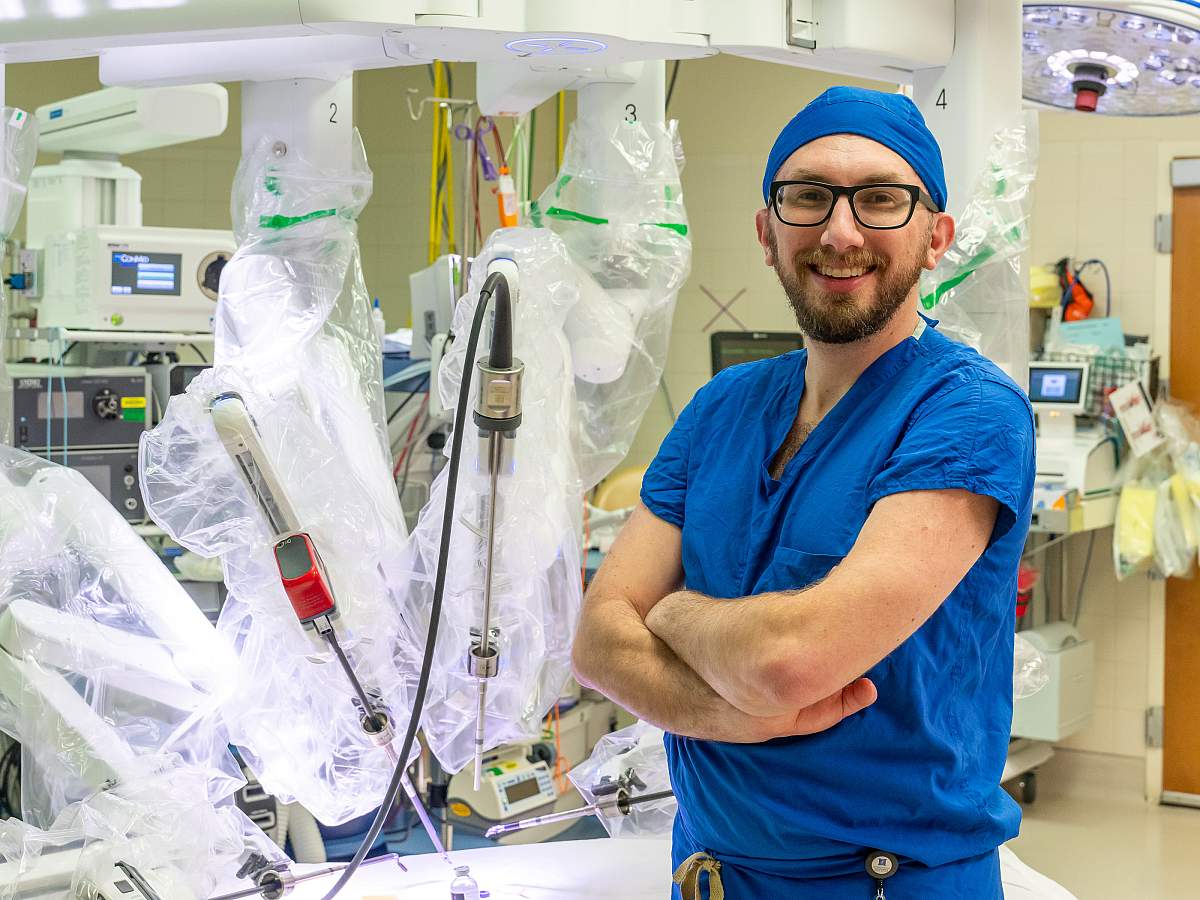PTSD can develop after exposure to a potentially traumatic event that is beyond a typical stressor, such as violent personal assault, natural disasters, accidents, combat, and other forms of violence. According to the NIMH, one-half of all U.S. adults will experience at least one traumatic event in their lives, but most do not develop PTSD. Yet, an estimated 3.6 percent of U.S. adults had PTSD in the past year, and the lifetime prevalence of PTSD is 6.8 percent – this translates to thousands of individuals who experience PTSD each year.
Shrestha’s research investigates the mechanisms of the brain that regulate emotional memories based on two key factors – the intensity of a learned threat and one’s own control of their reaction. PTSD involves physiological changes in the brain that hinder these subconscious assessments and responses, resulting in difficulties accurately discerning danger and maladaptive coping strategies.
Using a murine model, Shrestha aims to better understand the molecular drivers that impact memory consolidation, specifically in relation to PTSD. The study’s findings could lead to new ways to identify PTSD and new clinical interventions for patients affected by the disorder.
A professor at Stony Brook since 2021, Shrestha has specialized in neuroscience for more than two decades. She was previously a postdoctoral researcher at New York University and The Rockefeller University, where she received her PhD in life sciences. Her past research projects have shed light on stress-induced depression and how emotional memories are stored in the brain.
###



